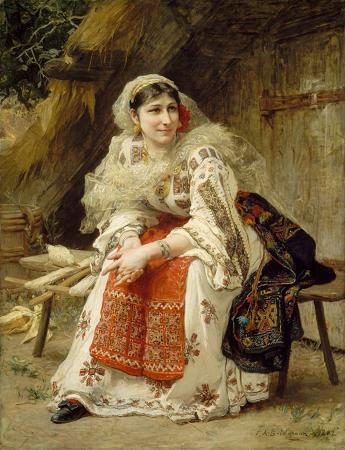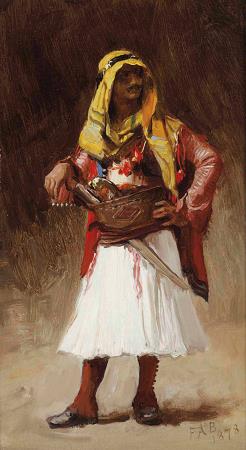Armenians. Armenians are an ethnic group native to the Armenian Highlands of Western Asia. Armenians constitute the main population of Armenia and the de facto independent Artsakh. There is a wide-ranging diaspora of around 5 million people of full or partial Armenian ancestry living outside modern Armenia. The largest Armenian populations today exist in Russia, the United States, France, Georgia, Iran, Germany, Ukraine, Lebanon, Brazil and Syria. With the exceptions of Iran and the former Soviet states, the present-day Armenian diaspora was formed mainly as a result of the Armenian Genocide. Most Armenians adhere to the Armenian Apostolic Church, a non-Chalcedonian church, which is also the world's oldest national church. Christianity began to spread in Armenia soon after Jesus' death, due to the efforts of two of his apostles, St. Thaddeus and St. Bartholomew. In the early 4th century, the Kingdom of Armenia became the first state to adopt Christianity as a state religion. Armenian is an Indo-European language. It has two mutually intelligible and written forms: Eastern Armenian, today spoken mainly in Armenia, Artsakh, Iran, and the former Soviet republics; and Western Armenian, used in the historical Western Armenia and, after the Armenian Genocide, primarily in the Armenian diasporan communities. The unique Armenian alphabet was invented in 405 AD by Mesrop Mashtots. Main article: Name of Armenia The earliest attestations of the exonym Armenia date around the 6th century BC. In his trilingual Behistun Inscription dated to 517 BC, Darius I the Great of Persia refers to Urashtu as Armina and Harminuya. In Greek, Armenios is attested from about the same time, perhaps the earliest reference being a fragment attributed to Hecataeus of Miletus. Xenophon, a Greek general serving in some of the Persian expeditions, describes many aspects of Armenian village life and hospitality in around 401 BC. Some have linked the name Armenia with the Early Bronze Age state of Armani or the Late Bronze Age state of Arme. These connections are inconclusive as it is not known what languages were spoken in these kingdoms. Additionally, while it is agreed that Arme was located to the immediate west of Lake Van, the location of the older site of Armani is a matter of debate. Some modern researchers have placed it in the same general area as Arme, near modern Samsat, and have suggested it was populated, at least partially, by an early Indo-European-speaking people. It has also been speculated that the land of Ermenen, mentioned by the Egyptian pharaoh Thutmose III in 1446 BCE, could be a reference to Armenia. Armenians call themselves Hay. The name has traditionally been derived from Hayk, the legendary patriarch of the Armenians and a great-great-grandson of Noah, who, according to Movses Khorenatsi, defeated the Babylonian king Bel in 2492 BC and established his nation in the Ararat region. It is also further postulated that the name Hay comes from, or is related to, one of the two confederated, Hittite vassal states—Hayasa-Azzi. Ultimately, Hay may derive from the Proto Indo-European words póti. Khorenatsi wrote that the word Armenian originated from the name Armenak or Aram. Khorenatsi refers to both Armenia and Armenians as Hayk. While the Armenian language is classified as an Indo-European language, its placement within the broader Indo-European language family is a matter of debate. Until fairly recently, scholars believed Armenian to be most closely related to Greek and Ancient Macedonian. Eric P. Hamp placed Armenian in the Pontic Indo-European subgroup of Indo-European languages in his 2012 Indo-European family tree. There are two possible explanations, not mutually exclusive, for a common origin of the Armenian and Greek languages.
more...


